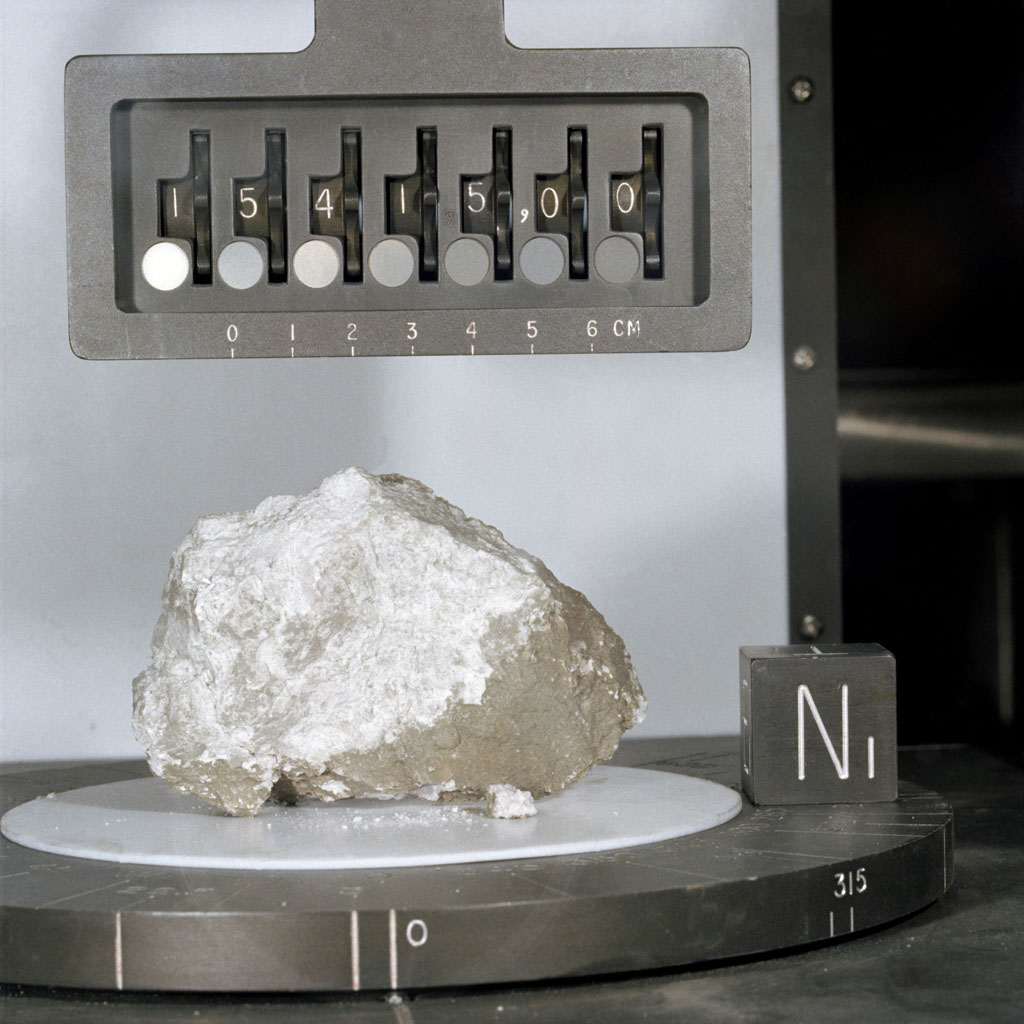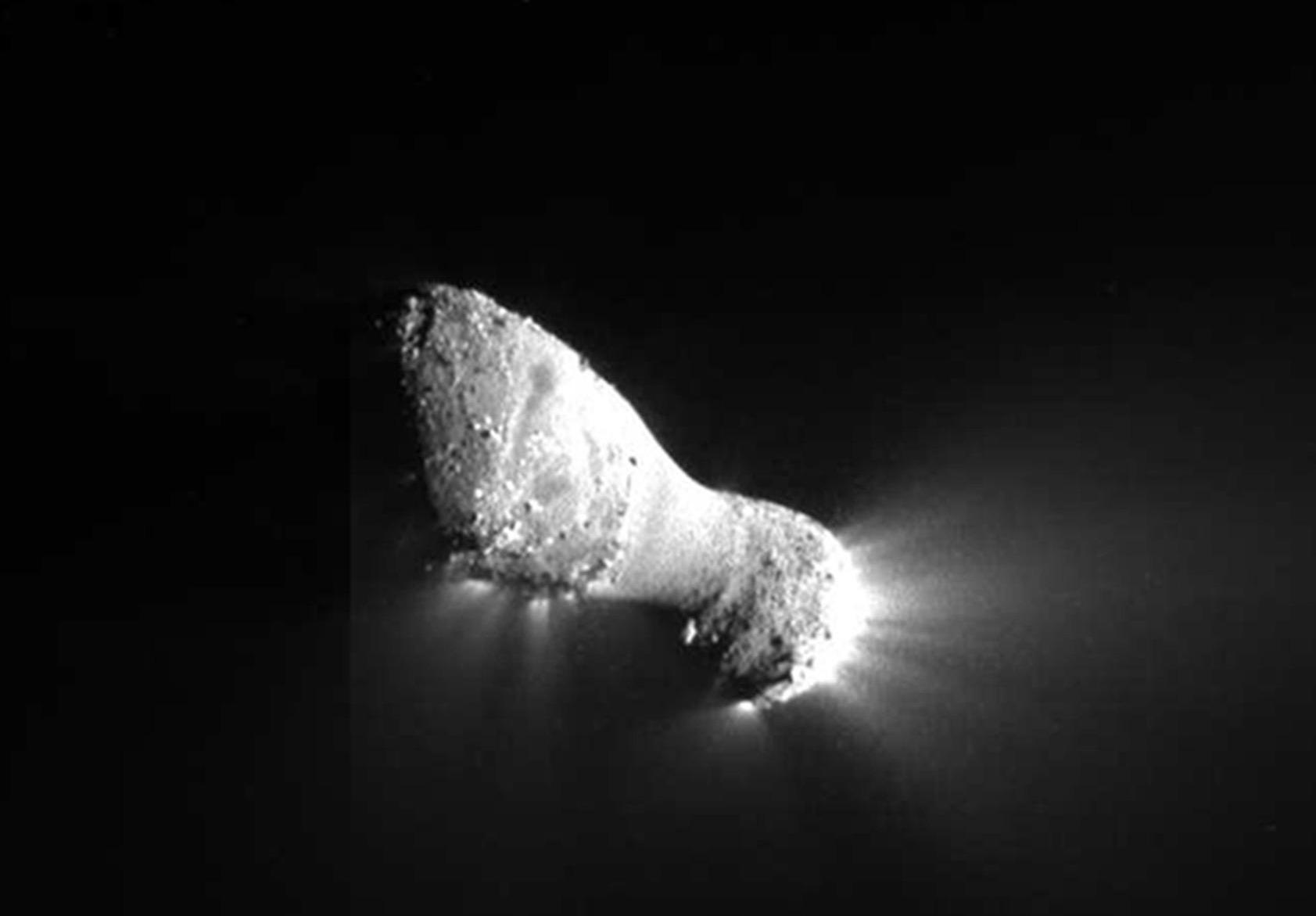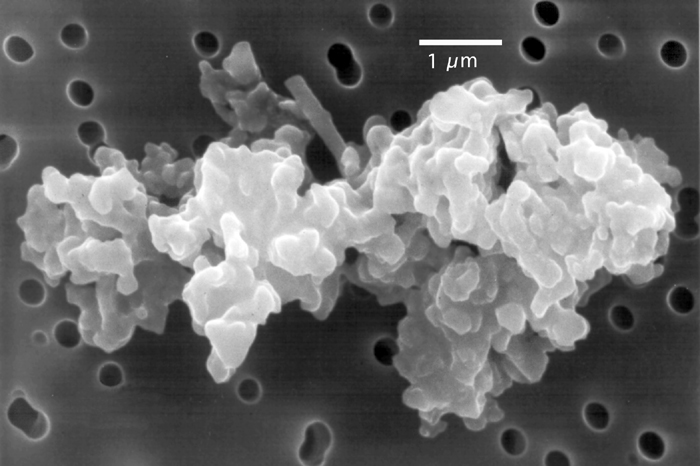|
Stardust (spacecraft)
''Stardust'' was a 385-kilogram robotic space probe launched by NASA on 7 February 1999. Its primary mission was to collect dust samples from the coma of comet Wild 2, as well as samples of cosmic dust, and return them to Earth for analysis. It was the first sample return mission of its kind. En route to Comet Wild 2, it also flew by and studied the asteroid 5535 Annefrank. The primary mission was successfully completed on 15 January 2006 when the sample return capsule returned to Earth. A mission extension, codenamed ''NExT'', culminated in February 2011 with ''Stardust'' intercepting Comet Tempel 1, a small Solar System body previously visited by '' Deep Impact'' in 2005. ''Stardust'' ceased operations in March 2011. On 14 August 2014, scientists announced the identification of possible interstellar dust particles from the ''Stardust'' capsule returned to Earth in 2006. Mission background History Beginning in the 1980s, scientists began seeking a dedicate ... [...More Info...] [...Related Items...] OR: [Wikipedia] [Google] [Baidu] |
Sample-return Mission
A sample-return mission is a spacecraft mission to collect and return samples from an extraterrestrial location to Earth for analysis. Sample-return missions may bring back merely atoms and molecules or a deposit of complex compounds such as loose material and rocks. These samples may be obtained in a number of ways, such as soil and rock excavation or a collector array used for capturing particles of solar wind or cometary debris. Nonetheless, concerns have been raised that the return of such samples to planet Earth may endanger Earth itself. To date, samples of Moon rock from Earth's Moon have been collected by robotic and crewed missions; the comet Wild 2 and the asteroids 25143 Itokawa, 162173 Ryugu, and 101955 Bennu have been visited by robotic spacecraft which returned samples to Earth; and samples of the solar wind have been returned by the robotic '' Genesis'' mission. In addition to sample-return missions, samples from three identified non-terrestrial bodies have be ... [...More Info...] [...Related Items...] OR: [Wikipedia] [Google] [Baidu] |
Discovery Program
The Discovery Program is a series of Solar System exploration missions funded by the U.S. National Aeronautics and Space Administration (NASA) through its Planetary Missions Program Office. The cost of each mission is capped at a lower level than missions from NASA's New Frontiers program, New Frontiers or Flagship Program, Flagship Programs. As a result, Discovery missions tend to be more focused on a specific scientific goal rather than serving a general purpose. The Discovery Program was founded in 1990. Existing NASA programs had specified mission targets and objectives in advance, then sought bidders to construct and operate them. In contrast, Discovery missions are solicited through a call for proposals on any science topic and assessed through peer review. Selected missions are led by a scientist called the principal investigator (PI) and may include contributions from industry, universities or government laboratories. The Discovery Program also includes Missions of Opp ... [...More Info...] [...Related Items...] OR: [Wikipedia] [Google] [Baidu] |
Deep Impact (spacecraft)
''Deep Impact'' was a NASA space probe launched from Cape Canaveral Air Force Station on January 12, 2005. It was designed to study the interior composition of the comet Tempel 1 (9P/Tempel), by releasing an Deliberate crash landings on extraterrestrial bodies, impactor into the comet. At 05:52 UTC on July 4, 2005, the Impactor successfully collided with the comet's comet nucleus, nucleus. The impact excavated debris from the interior of the nucleus, forming an impact crater. Photographs taken by the spacecraft showed the comet to be more dusty and less icy than had been expected. The impact generated an unexpectedly large and bright dust cloud, obscuring the view of the impact crater. Previous space missions to comets, such as ''Giotto mission, Giotto'', ''Deep Space 1'', and ''Stardust (spacecraft), Stardust'', were Flyby (spaceflight), fly-by missions. These missions were able to photograph and examine only the surfaces of cometary nuclei, and even then from considerable dista ... [...More Info...] [...Related Items...] OR: [Wikipedia] [Google] [Baidu] |
Small Solar System Body
A small Solar System body (SSSB) is an object in the Solar System that is neither a planet, a dwarf planet, nor a natural satellite. The term was first defined in 2006 by the International Astronomical Union (IAU) as follows: "All other objects, except satellites, orbiting the Sun shall be referred to collectively as 'Small Solar System Bodies. (IAU) This encompasses all s and all s other than those that are |
Asteroid
An asteroid is a minor planet—an object larger than a meteoroid that is neither a planet nor an identified comet—that orbits within the Solar System#Inner Solar System, inner Solar System or is co-orbital with Jupiter (Trojan asteroids). Asteroids are rocky, metallic, or icy bodies with no atmosphere, and are broadly classified into C-type asteroid, C-type (carbonaceous), M-type asteroid, M-type (metallic), or S-type asteroid, S-type (silicaceous). The size and shape of asteroids vary significantly, ranging from small rubble piles under a kilometer across to Ceres (dwarf planet), Ceres, a dwarf planet almost 1000 km in diameter. A body is classified as a comet, not an asteroid, if it shows a coma (tail) when warmed by solar radiation, although recent observations suggest a continuum between these types of bodies. Of the roughly one million known asteroids, the greatest number are located between the orbits of Mars and Jupiter, approximately 2 to 4 astronomical unit, AU ... [...More Info...] [...Related Items...] OR: [Wikipedia] [Google] [Baidu] |
Sample Return Mission
A sample-return mission is a spacecraft mission to collect and return samples from an extraterrestrial location to Earth for analysis. Sample-return missions may bring back merely atoms and molecules or a deposit of complex compounds such as loose material and rocks. These samples may be obtained in a number of ways, such as soil and rock excavation or a collector array used for capturing particles of solar wind or cometary debris. Nonetheless, concerns have been raised that the return of such samples to planet Earth may endanger Earth itself. To date, samples of Moon rock from Earth's Moon have been collected by robotic and crewed missions; the comet Wild 2 and the asteroids 25143 Itokawa, 162173 Ryugu, and 101955 Bennu have been visited by robotic spacecraft which returned samples to Earth; and samples of the solar wind have been returned by the robotic ''Genesis (spacecraft), Genesis'' mission. In addition to sample-return missions, samples from three identified non-terrestr ... [...More Info...] [...Related Items...] OR: [Wikipedia] [Google] [Baidu] |
Cosmic Dust
Cosmic dustalso called extraterrestrial dust, space dust, or star dustis dust that occurs in outer space or has fallen onto Earth. Most cosmic dust particles measure between a few molecules and , such as micrometeoroids (30 μm). Cosmic dust can be further distinguished by its astronomical location: intergalactic dust, interstellar dust, interplanetary dust (as in the zodiacal cloud), and circumplanetary dust (as in a planetary ring). There are several methods to obtain space dust measurement. In the Solar System, interplanetary dust causes the zodiacal light. Solar System dust includes comet dust, planetary dust (like from Mars), asteroidal dust, dust from the Kuiper belt, and interstellar dust passing through the Solar System. Thousands of tons of cosmic dust are estimated to reach Earth's surface every year, with most grains having a mass between 10−16 kg (0.1 pg) and 10−4 kg (0.1 g). The density of the dust cloud through which the Earth is traveling is approximately ... [...More Info...] [...Related Items...] OR: [Wikipedia] [Google] [Baidu] |
Comet
A comet is an icy, small Solar System body that warms and begins to release gases when passing close to the Sun, a process called outgassing. This produces an extended, gravitationally unbound atmosphere or Coma (cometary), coma surrounding the nucleus, and sometimes a Comet tail, tail of gas and dust gas blown out from the coma. These phenomena are due to the effects of solar radiation and the outstreaming solar wind plasma acting upon the nucleus of the comet. Comet nuclei range from a few hundred meters to tens of kilometers across and are composed of loose collections of ice, dust, and small rocky particles. The coma may be up to 15 times Earth's diameter, while the tail may stretch beyond one astronomical unit. If sufficiently close and bright, a comet may be seen from Earth without the aid of a telescope and can Subtended angle, subtend an arc of up to 30° (60 Moons) across the sky. Comets have been observed and recorded since ancient times by many cultures and religion ... [...More Info...] [...Related Items...] OR: [Wikipedia] [Google] [Baidu] |
Coma (cometary)
The coma is the nebulous envelope around the nucleus of a comet, formed when the comet passes near the Sun in its highly elliptical orbit. As the comet warms, parts of it sublimate; this gives a comet a diffuse appearance when viewed through telescopes and distinguishes it from stars. The word ''coma'' comes from the Greek (), which means "hair" and is the origin of the word ''comet'' itself. The coma is generally made of ice and comet dust. Water composes up to 90% of the volatiles that outflow from the nucleus when the comet is within from the Sun. The H2O parent molecule is destroyed primarily through photodissociation and to a much smaller extent photoionization. The solar wind plays a minor role in the destruction of water compared to photochemistry. Larger dust particles are left along the comet's orbital path while smaller particles are pushed away from the Sun into the comet's tail by light pressure. On 11 August 2014, astronomers released studies, using the A ... [...More Info...] [...Related Items...] OR: [Wikipedia] [Google] [Baidu] |
Space Probe
Uncrewed spacecraft or robotic spacecraft are spacecraft without people on board. Uncrewed spacecraft may have varying levels of autonomy from human input, such as remote control, or remote guidance. They may also be autonomous, in which they have a pre-programmed list of operations that will be executed unless otherwise instructed. A robotic spacecraft for scientific measurements is often called a space probe or space observatory. Many space missions are more suited to telerobotic rather than crewed operation, due to lower cost and risk factors. In addition, some planetary destinations such as Venus or the vicinity of Jupiter are too hostile for human survival, given current technology. Outer planets such as Saturn, Uranus, and Neptune are too distant to reach with current crewed spaceflight technology, so telerobotic probes are the only way to explore them. Telerobotics also allows exploration of regions that are vulnerable to contamination by Earth micro-organisms sinc ... [...More Info...] [...Related Items...] OR: [Wikipedia] [Google] [Baidu] |
Robotic Spacecraft
Uncrewed spacecraft or robotic spacecraft are spacecraft without people on board. Uncrewed spacecraft may have varying levels of autonomy from human input, such as remote control, or remote guidance. They may also be autonomous, in which they have a pre-programmed list of operations that will be executed unless otherwise instructed. A robotic spacecraft for scientific measurements is often called a space probe or space observatory. Many space missions are more suited to telerobotic rather than crewed operation, due to lower cost and risk factors. In addition, some planetary destinations such as Venus or the vicinity of Jupiter are too hostile for human survival, given current technology. Outer planets such as Saturn, Uranus, and Neptune are too distant to reach with current crewed spaceflight technology, so telerobotic probes are the only way to explore them. Telerobotics also allows exploration of regions that are vulnerable to contamination by Earth micro-organisms s ... [...More Info...] [...Related Items...] OR: [Wikipedia] [Google] [Baidu] |
Stardust - NExT - SDNEXT Sticker-border
Stardust may refer to: * A type of cosmic dust, composed of particles in space Entertainment Songs * “Stardust” (1927 song), by Hoagy Carmichael * “Stardust” (David Essex song), 1974 * “Stardust” (Lena Meyer-Landrut song), 2012 * “Stardust” (Mika song), 2012 * 'Stardust' (composition), by Jean-Michel Jarre and Armin van Buuren, 2015 * “Stardust”, by Carly Simon from ''Come Upstairs'', 1980 * “Stardust”, by Officium Triste from '' Ne Vivam'', 1997 * “Stardust”, by The Caretaker from ''We'll All Go Riding on a Rainbow'', 2003 * “Stardust”, by Galneryus from ''Reincarnation'', 2008 * “Stardust”, by Amaranthe from '' The Nexus'', 2013 * “Stardust”, by Gemini Syndrome from ''Lux'', 2013 * “Stardust”, by Delain from '' The Human Contradiction'', 2014 * “Stardust”, by IAMX from '' Alive In New Light'', 2018 * “Stardust”, by Neon Dreams, 2023 Albums * ''Stardust'' (Ron Carter album), 2001 * ''Stardust'' (Natalie Cole album), 1996 ... [...More Info...] [...Related Items...] OR: [Wikipedia] [Google] [Baidu] |








